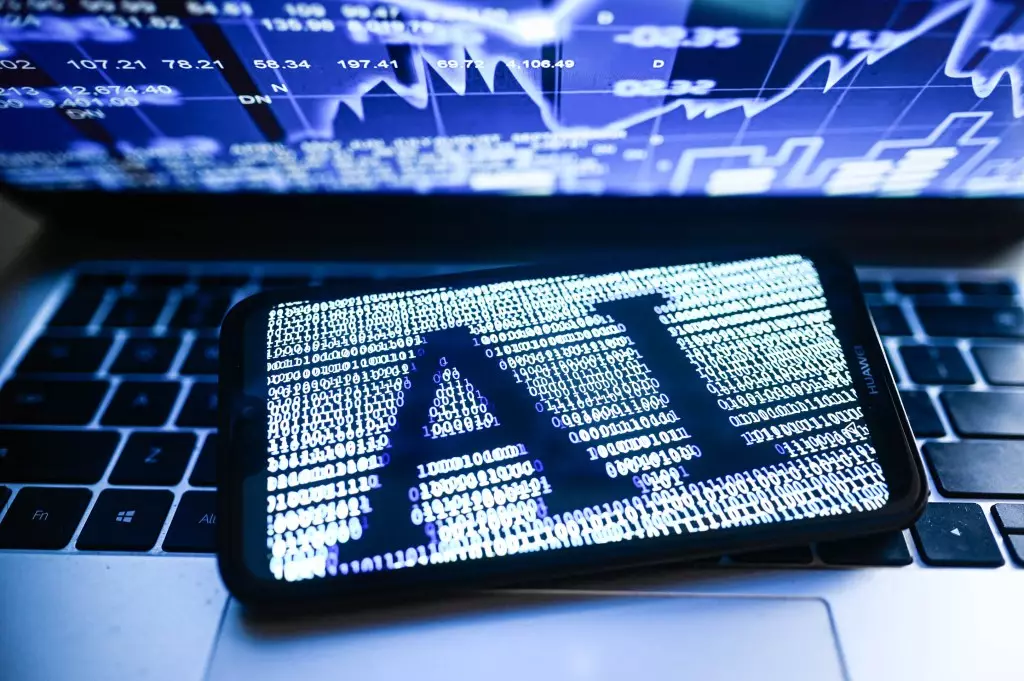In the ever-evolving landscape of technology and arts, the recent discourse surrounding Artificial Intelligence (AI) and copyrights highlights a pivotal moment for the film industry. The Motion Picture Association (MPA) recently made a compelling case to the White House, arguing that it is not only possible but essential for AI to coexist harmoniously within a copyright system that respects and protects original creative expressions. At first glance, the narrative presents a plea for balance, yet it subtly echoes a much deeper struggle—an impression of an industry grappling with its identity in an era of rapid technological advancement.
This dialogue has been sparked amidst rising concerns from creators and industry professionals who fear that the increasingly pervasive use of AI could lead to the exploitation and infringement of their intellectual property (IP). Any examination of the MPA’s stance reveals a careful blend of caution and optimism. The trade organization emphasizes that copyright is at the heart of the film industry, asserting that a robust copyright framework is not merely ancillary but fundamental to fostering creativity. However, this cautious optimism also raises eyebrows: are we witnessing genuine advocacy for the creators, or merely an attempt to safeguard corporate interests in the face of revolutionary change?
The Pressure from AI Giants
Big tech companies like OpenAI and Google have taken a stark, assertive position, advocating for fewer restrictions on using copyrighted material to train their algorithms. Their claims of exceptionalism, arguing that limitations could hinder America’s competitive edge against global powers like China, paint a picture of a national crisis more than an ethical dilemma. This manipulation of urgency could be interpreted as an elaborate strategy to weaken the protective structures that filmmakers and writers have relied upon for decades.
It is here that the MPA’s narrative finds itself teetering on a fine line between cooperation with AI developments and the need to assert a fundamental right to authorship and revenue from one’s own creations. When industry voices emphasize the potential of AI, suggesting that it can enhance human creativity and drive economic competitiveness, a natural question arises: who will ultimately reap the rewards? Will it be the seasoned creators breathing life into captivating stories, or the corporate entities maneuvering algorithms?
The Voice of the Creative Community
As Hollywood’s creative community expresses mounting anxiety about these trends, voices of dissent grow louder. The united front of content creators, including notable names like Sarah Silverman and various guilds, raises essential questions about the potential exploitation that could occur if AI firms are granted exemptions from copyright regulations. The battle for integrity and recognition in authorship is a battle for survival. It is a dilemma that reveals deeper layers of conflict within the industry: can AI innovation drive progress without eradicating the very foundations of artistic integrity?
The MPA’s moderate yet firm stance reinforces the necessity of copyright in advancing quality content, aptly illustrating the maxim of “garbage in, garbage out.” While AI technologies present promising opportunities, they also bring along the risk of homogenizing creativity into a sea of algorithmic predictability. This raises concerns regarding the quality of outputs generated by AI when solid creative foundations are tampered with or undermined. Is AI truly a tool for amplification, or could it instead dilute the uniquely human qualities that drive storytelling?
The Economic Stakes and Future Implications
Intrigue lies in the economic implications of copyright protections versus the perceived demands of a digital age. With the audiovisual sector accounting for a sizeable portion of the U.S. GDP—exceeding $2 trillion—strong copyright protections stand as pillars for economic stability and innovation. The MPA aligns itself with the declaration that American workers must be prioritized in AI policy, which places significant emphasis on preserving jobs within creative industries as AI redefines who holds the reins of creation.
Nevertheless, the focus on economic figures alone glosses over the creative potential at risk of being eviscerated. The looming threat posed by AI in creative spaces shouldn’t simply incite fear; it should galvanize robust defense mechanisms against potential parasitic relationships that AI might establish with creative content. While the MPA seeks a picture of collaborative advancement, one that balances progress with protection, this necessitates transparency and accountability from the tech giants that threaten to stifle the voices of artists.
The upcoming dialogues and negotiations will likely shape the future landscape of both creative industries and AI technologies, drawing lines in the sand regarding what constitutes fair use versus exploitation. As these debates unfold, one can only hope they are guided by a vision of empowerment for creators who, after all, hold the true essence of storytelling and artistry close to their hearts.


Leave a Reply